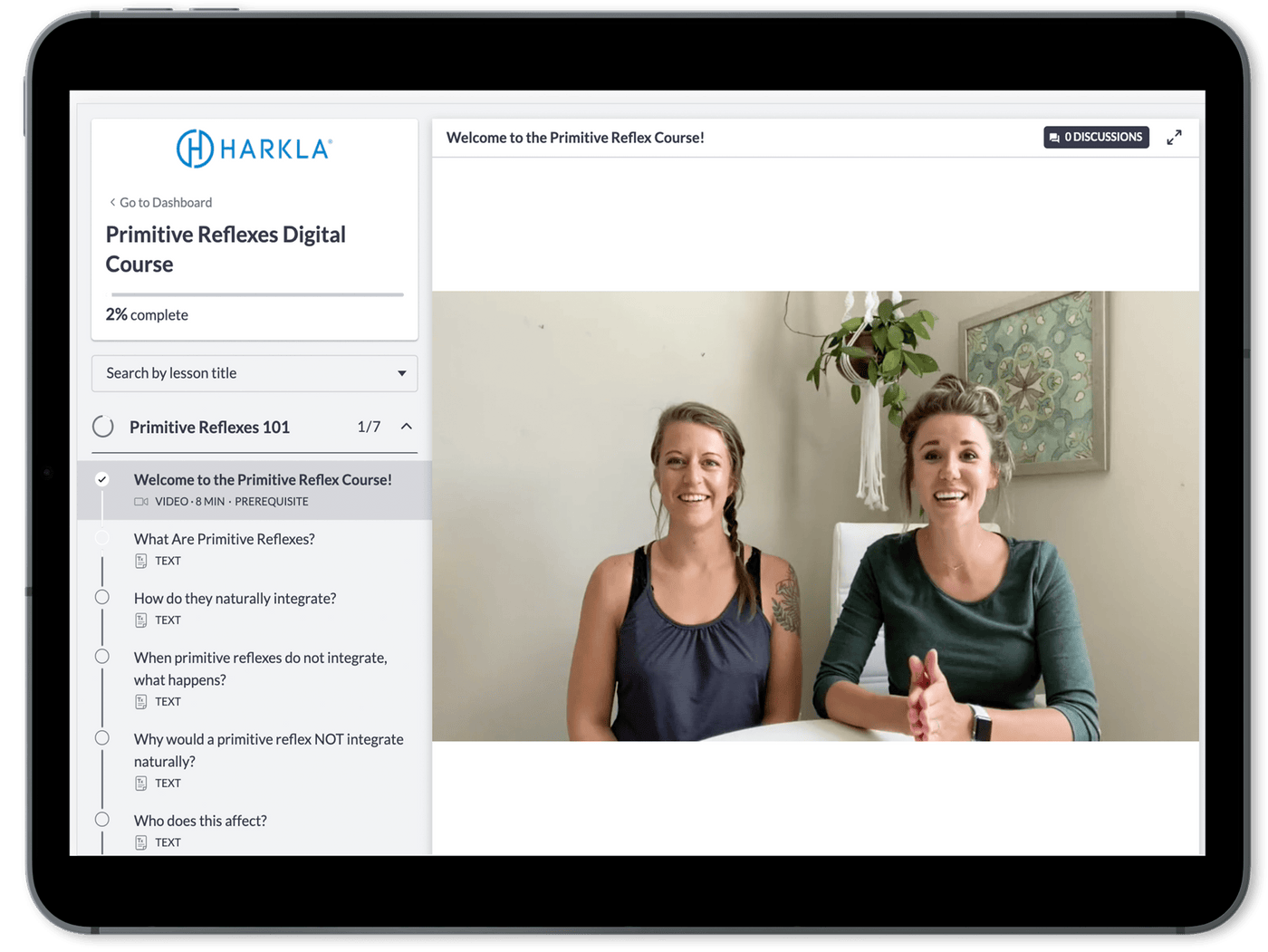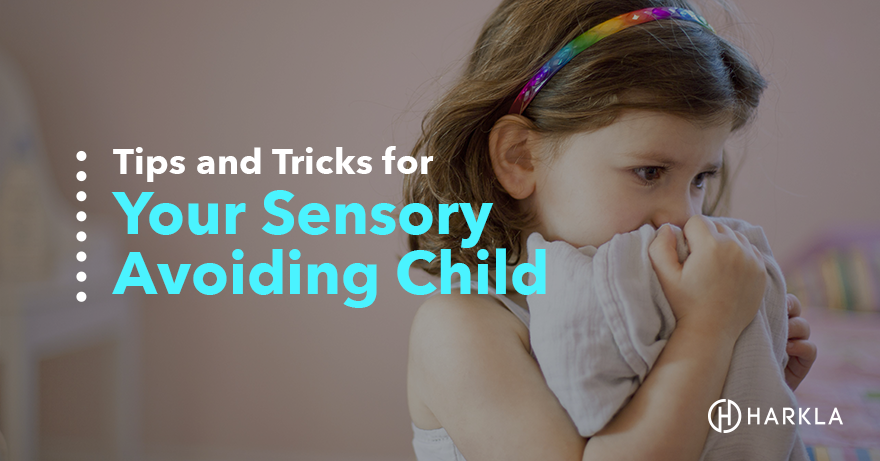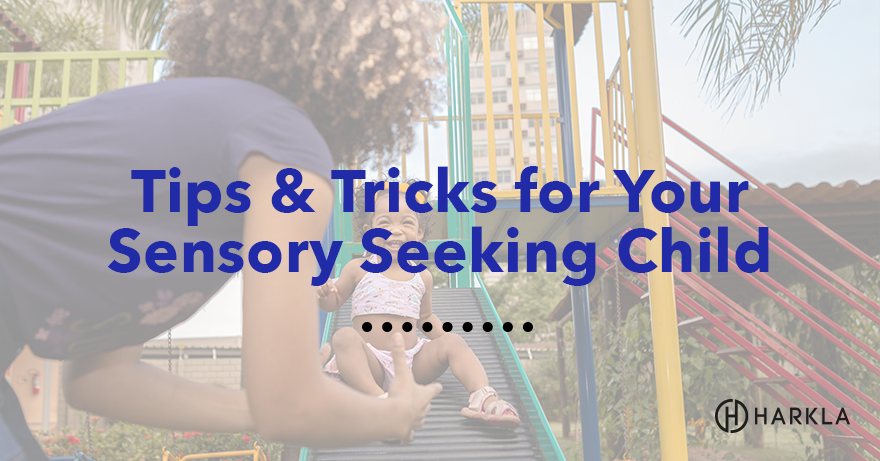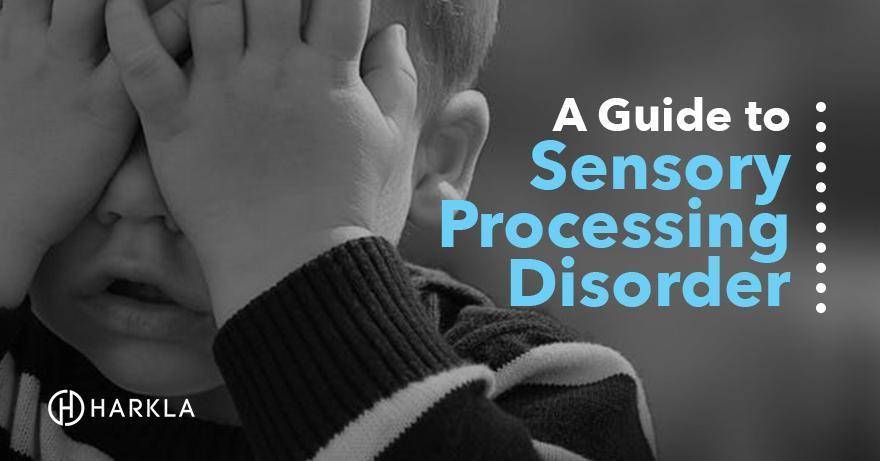Your Cart is Empty
Save up to 20% on all Harkla products & courses during Autism Acceptance Month! Click Here to See the Sale
Supporting Sensory, Sleep & Play
At Harkla, we believe you already have enough on your plate. That’s why we’re here to help you with sensory needs, sleep improvement, and focus in the classroom through our products, courses and community.
You can feel confident that working with Harkla will be the easiest thing you have to do today. We are here to help those with special needs live happy and healthy lives. Whether that’s you, or a loved one, we’re excited to work with you.


Explore Harkla’s Products for Sleep, Play, focus & Education

Lifetime money-back commitment
We don’t mess around with our commitment. Unless you are 100% satisfied, we aren’t satisfied either. We’re a company that truly cares about you and will answer any questions or concerns you have.
This means that if you are not absolutely happy with your product, we will not only refund you without question, we will cover the return shipping. There’s no reason you should pay for a product you aren’t happy with.
“Harkla’s weighted blanket is one product that I feel confident recommending… I’ve reviewed many blankets and most are simply pieces of material with pellets and lack the cozy comfort of a ‘true’ blanket. As the author of the Weighted Blanket Guide book, I can truly say that I will 100% recommend Harkla’s blanket.”

“First off, I’ll just say that our family loves Harkla!… You have a wonderful company with amazing products that speak for themselves and you value customers dearly. We will be lifelong supporters of Harkla products.”

“Thank you for making me accountable to actually create a sensory diet I could implement with fidelity every day! You have no idea how much I needed this.”
“Deciding to be a part of ‘The Club’ was an easy decision. The cost is minimal for the amount of knowledge you get all in one place. Taking the time to learn, implement, and following through with new strategies can be overwhelming and honestly quite tiresome, but I know I can ask questions within the club in a judgement-free zone. These ladies are SO passionate about what they do it’s almost impossible not to want to join in on the fun.”

Learn new sensory and developmental activities you can do at home to improve your child’s focus, learning & sensory challenges.
LEARN ABOUT OUR COURSES1% of all Sales go to the University of Washington Autism Center

“As a business committed to supporting families, Harkla has generously provided multiple scholarships so that children with autism and ADHD can attend our summer camp at the UW Autism Center. We’re grateful for Harkla’s support!”
Benjamin Aaronson, PhD
Director, APEX Summer Camp Program
University of Washington Autism Center







